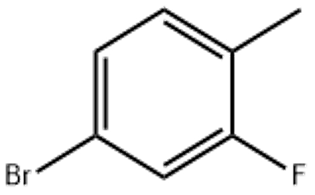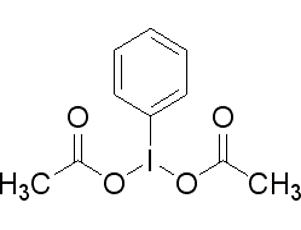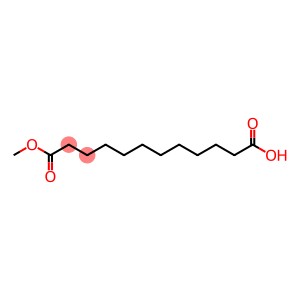Butyl propionate(CAS#590-01-2)
| Hazard Symbols | Xi – Irritant |
| Risk Codes | R10 – Flammable R36/37/38 – Irritating to eyes, respiratory system and skin. R41 – Risk of serious damage to eyes R38 – Irritating to the skin |
| Safety Description | S16 – Keep away from sources of ignition. S26 – In case of contact with eyes, rinse immediately with plenty of water and seek medical advice. S36/37/39 – Wear suitable protective clothing, gloves and eye/face protection. S39 – Wear eye / face protection. S24/25 – Avoid contact with skin and eyes. |
| UN IDs | UN 1914 3/PG 3 |
| WGK Germany | 1 |
| RTECS | UE8245000 |
| TSCA | Yes |
| HS Code | 29155090 |
| Hazard Class | 3 |
| Packing Group | III |
Introduction
Butyl propionate (also known as propyl butyrate) is an organic compound. The following is an introduction to the properties, uses, preparation methods and safety information of butyl propionate:
Quality:
- Appearance: Colorless liquid.
- Solubility: soluble in alcohols and ether solvents, insoluble in water.
- Smell: Has a fruit-like aroma.
Use:
- Industrial applications: Butyl propionate is an important solvent that is widely used in industrial applications such as paints, coatings, inks, adhesives, and cleaners.
Method:
Butyl propionate is usually prepared by esterification, which requires the reaction of propionic acid and butanol, and commonly used catalysts include sulfuric acid, tolene sulfonic acid, or alkyd acid.
Safety Information:
- Vapor of butyl propionate can cause eye and respiratory irritation, so pay attention to ventilation when using it.
- Avoid prolonged exposure to butyl propionate, which may cause irritation and dryness in contact with the skin.
- When handling and storing, follow the safe handling procedures of the relevant chemicals, use appropriate precautions, and avoid contact with ignition sources.








